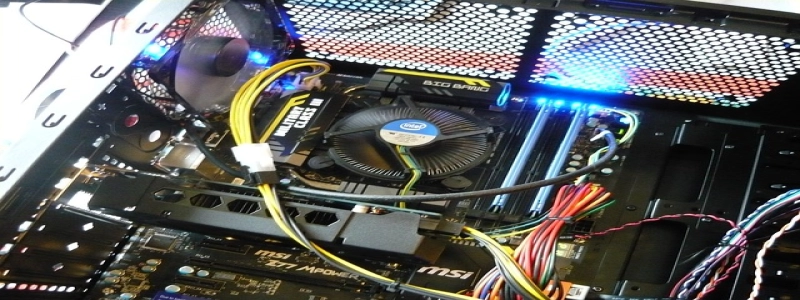Difference Between Ethernet Cables
Giới thiệu:
Ethernet cables are the essential components of a wired network system. They are used to connect various devices such as computers, routers, and switches to transfer data over a local area network (LAN). Ethernet cables come in different categories, each with its specific characteristics and uses. In this article, we will discuss the various types of Ethernet cables and their differences in detail.
TÔI. Category 5e (Cat5e) Ethernet Cables:
– Cat5e cables are one of the most commonly used Ethernet cables.
– They are capable of transmitting data at speeds up to 1000 Mbps (1 Gigabit per second).
– Cat5e cables have a maximum bandwidth of 100 MHz, allowing for reliable network connections.
– These cables are suitable for most home and office network applications.
II. Category 6 (Cat6) Ethernet Cables:
– Cat6 cables are an upgraded version of Cat5e cables.
– They have better crosstalk and interference resistance, resulting in improved signal quality.
– Cat6 cables can support data transfer speeds up to 10 Gigabits per second (10Gbps) over short distances (up to 55 meters).
– They have a higher bandwidth of 250 MHz, making them ideal for high-performance applications like gaming and video streaming.
III. Category 6a (Cat6a) Ethernet Cables:
– Cat6a cables are the enhanced version of Cat6 cables.
– They offer similar benefits as Cat6 cables but with further improvements.
– Cat6a cables can support 10 Gigabit Ethernet over a longer distance (up to 100 meters) without any signal degradation.
– They are equipped with better shielding, minimizing electromagnetic interference and ensuring a stable and reliable network connection.
IV. Category 7 (Cat7) Ethernet Cables:
– Cat7 cables are designed for more demanding applications and environments.
– They can support data transfer speeds up to 10 Gigabits per second (10Gbps) at a distance of 100 meters.
– Cat7 cables have a higher bandwidth of 600 MHz and are constructed with individually shielded twisted pairs, providing excellent protection against external interference.
– They are suitable for industrial and professional installations, where stability and performance are crucial.
Phần kết luận:
Ethernet cables play a vital role in establishing a reliable wired network connection. Understanding the differences between different Ethernet cable categories is essential in choosing the right cable for your specific networking needs. The Cat5e cables provide a cost-effective solution for most home and office networks, while Cat6 and Cat6a cables offer improved performance for high-bandwidth applications. For more demanding environments, Cat7 cables provide the highest level of performance and stability. By selecting the appropriate Ethernet cable, you can ensure a seamless and efficient network connection.








